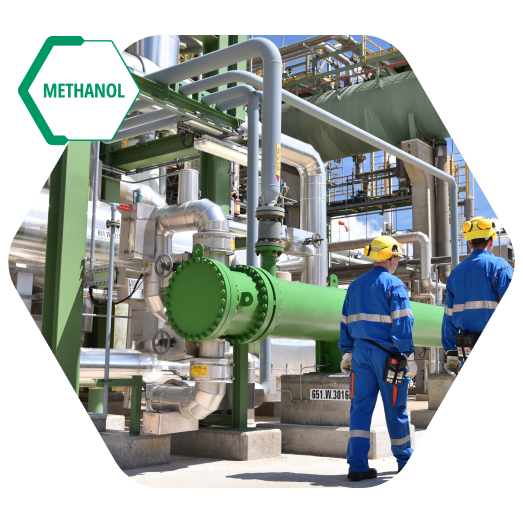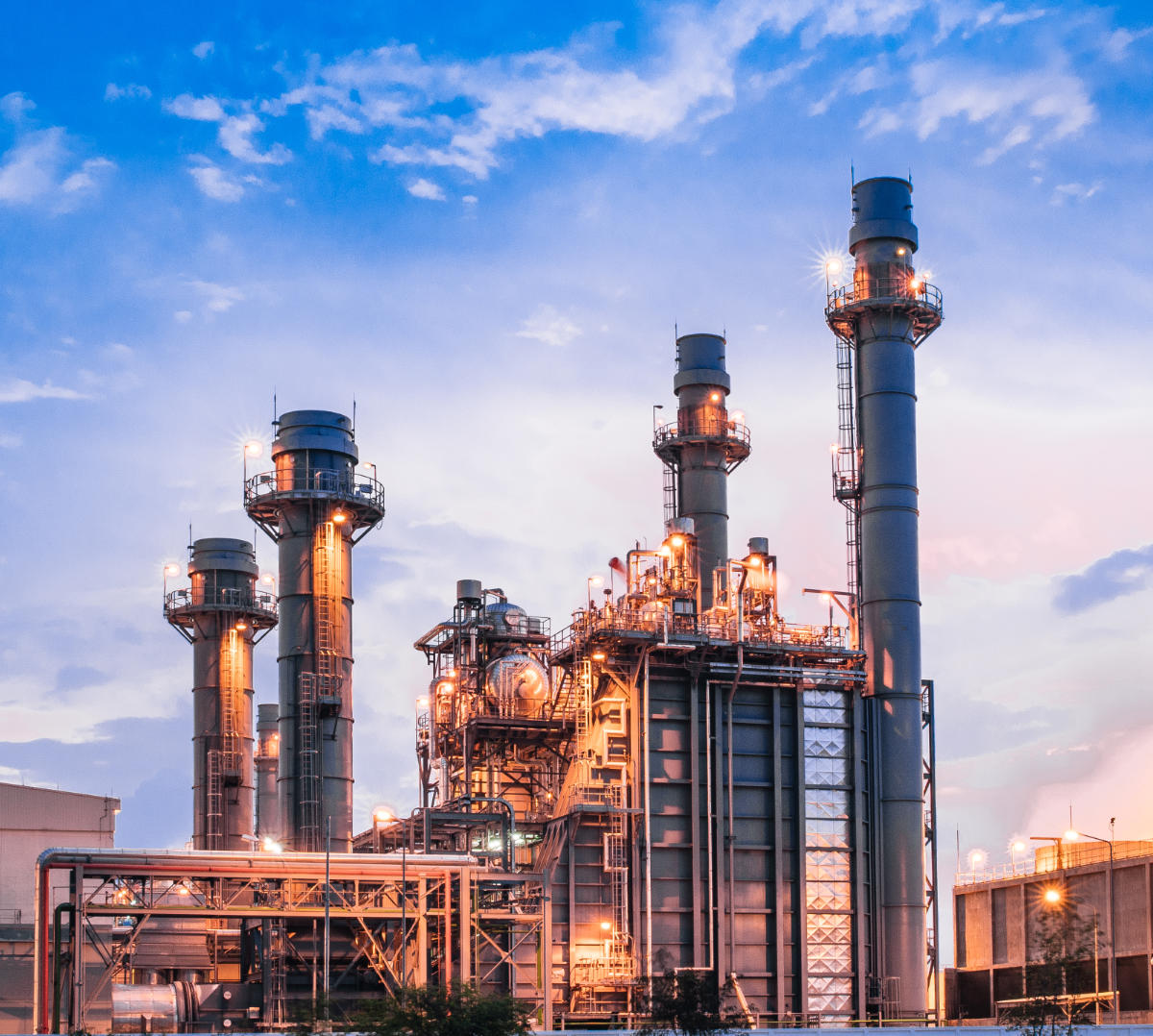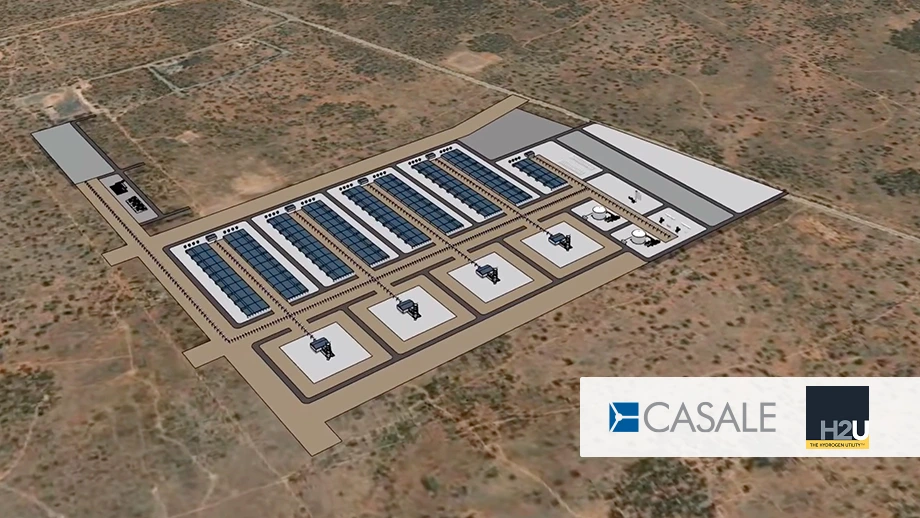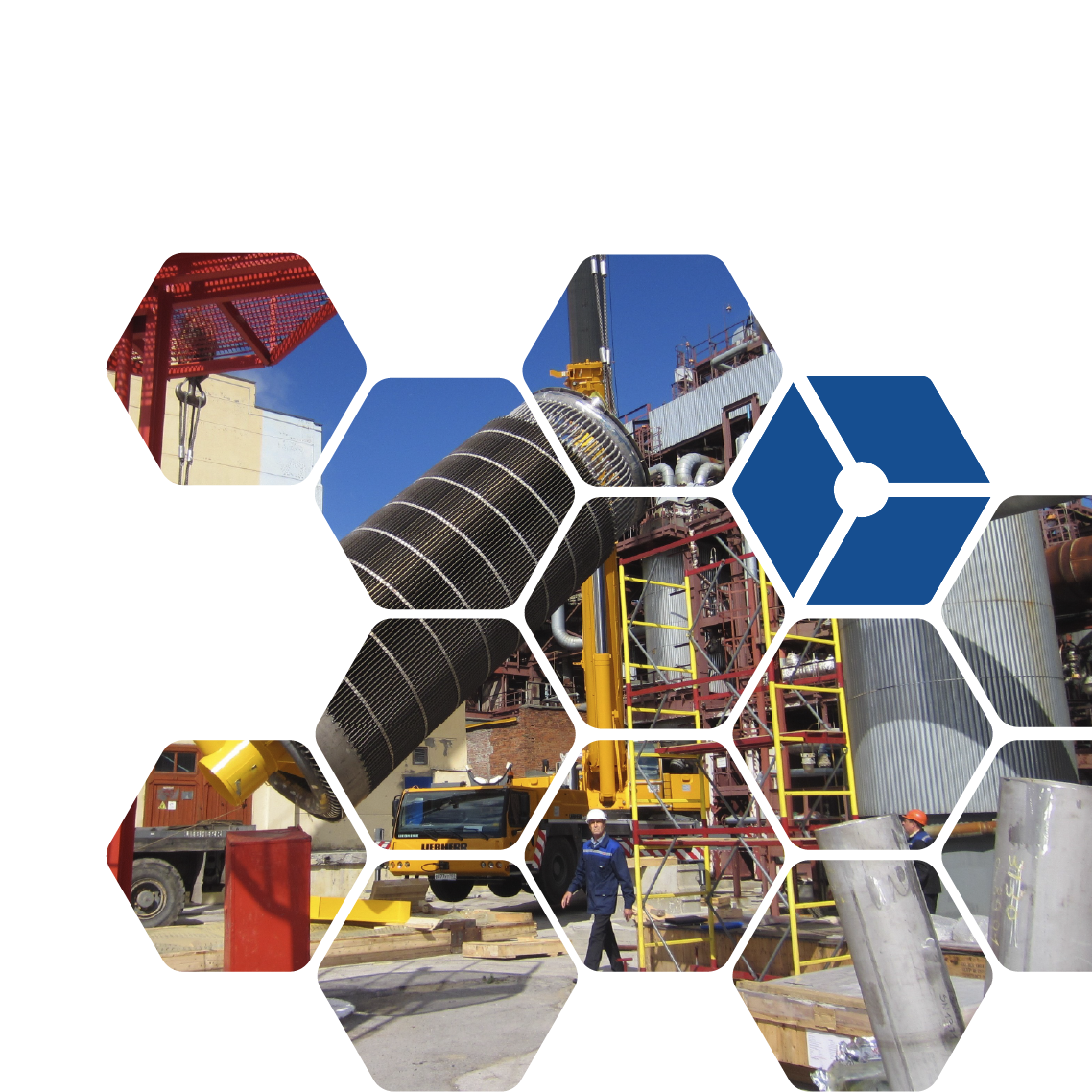Sustainable
Flexigreen®
From A to Zero Emissions
The rapidly falling cost of renewable energy production has brought “green” ammonia, produced by electrolysis using renewable energy sources, to the forefront as a necessary step to decarbonise the entire production chain of N-based fertilisers, various chemicals, explosives, and other industrial processes.
Green Ammonia
Casale is the world’s oldest licensor of green ammonia technology, having built the first ‘fully green’ ammonia plant in Italy more than 100 years ago. Today, we offer many modern technologies covering the full range of green ammonia production.
Casale is also a supplier of engineering components for other sections of the green ammonia plant, such as hydrogen and ammonia storage, and has expertise in digitalising and optimising green ammonia plants.
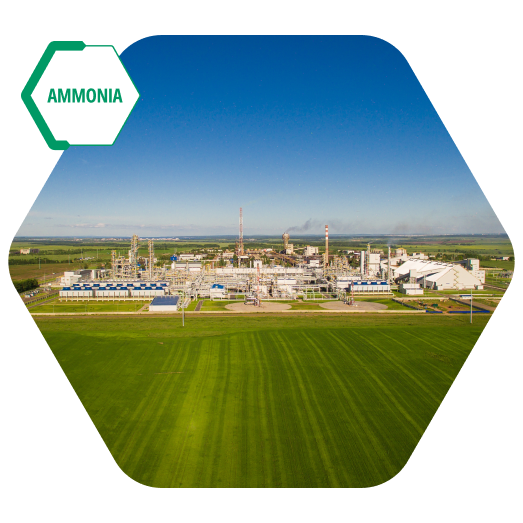

Ammonia Cracking
Ammonia cracking is an essential step towards sustainability, allowing green ammonia produced in regions with abundant renewable energy resources to be converted into green hydrogen in areas where such renewable resources are not readily available.
We offer a readily available, proven solution that is flexible and tailored to specific plant requirements. Our ammonia cracking technology covers various hydrogen production capacities, from 5 MTD up to over 1300 MTD of pure hydrogen, with single train configurations.
Renewable Methanol:
Renewable methanol production can be achieved in two ways:
Bio-Methanol: This process relies on sustainable biomass resources, including forestry, agricultural residues, and co-products. It can also use biogas from landfills, sewage, municipal solid waste (MSW), and black liquor from the pulp and paper industry.
E-Methanol: This uses CO2 either captured from flue gases or extracted directly from the atmosphere using air capture techniques. This process combines CO2 with green hydrogen, which is hydrogen produced using renewable electricity sources.
In both processes, the methanol synthesis unit is close to that of a typical coal gasification plant, for which we have 20 references.
We can supply the synthesis loop, the distillation section, the methanol storage section, and, in the case of bio-methanol, the CO-shifting section.
